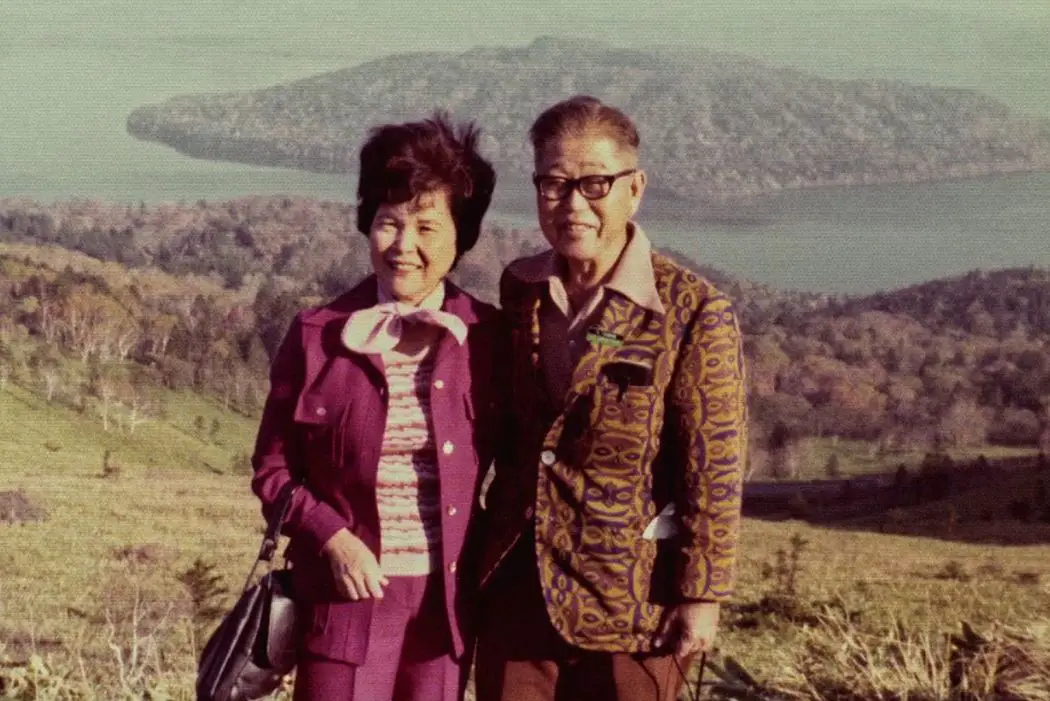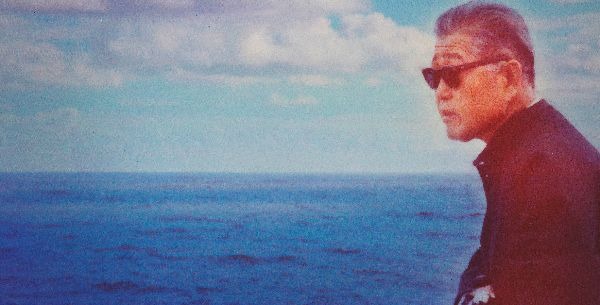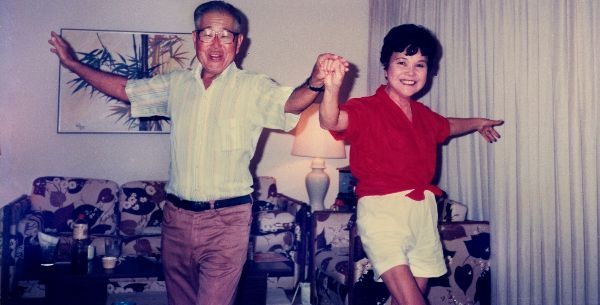95 AND 6 TO GO: A Personal Documentation Of Transgenerational Memory

Tynan loves nagging all his friends to watch classic movies…
95 and 6 To Go is a testament that the best stories come out of life and the most fascinating characters are often found in our very midst. Further still, it is a wholly unassuming reminder that from the people around you – namely your elders – there is more often than not a richness and depth that you would do well not to take for granted.
This is a project I pursued with vigor for the very reason that there was some amount of immediate resonance. I too am a Japanese-American, though my family immigrated to California, not Hawaii. My grandparents were born at almost the exact same time as the Takesues, although my grandfather died when I was still fairly young.
Furthermore, my love for what films can evoke has made me passionate about trying to construct stories of my own. However, I would not be interested in storytelling at all if it didn’t tie directly to personal experience or people and things that I know and hold dear. Part of that emerges from not only my cultural identity but my family heritage. I’m intrigued by such narratives.

What we have in 95 And 6 To Go is really a one-of-a-kind document – something that many people would probably wish they had for their own parents and grandparents. Because this is very much a transgenerational history; a tangible way of connecting the past with the present and not forgetting where we came from.
The Man of The Hour
Tom Takesue is someone who makes my heart brim with joy when he croons or shows off his cha-cha skills. His persistence in life is an enduringly admirable trait. But in documenting his day-to-day and their interactions, his granddaughter, Kimi Takesue (who is also 95 And 6 To Go‘s director), blurs the lines between the two. The personal nature is unquestionable. We have transparency paired with a deep abiding interest in the mundane, suggesting that this is essentially a high-quality home movie.
One exemplary shot shows Tom laid out on the couch as a voiceover details the plot of the samurai picture he wants to watch on television – no doubt the movie he’s paying attention to lazily on the screen from his perch. But let your eyes stray for a moment and you see family photos – ever-present reminders of people and past memories. It gives me a greater understanding of why my own father has so many pictures up in his workshop. They provide that same constant form of recollection.
The frequent juxtaposition of the ocean with a man in his home is another constant reminder that the two are inseparable and intrinsically connected to one another. These contrasting images are like an array of mini pillow shots scattered throughout which instead of taking on Yasujiro Ozu’s intricate framing of tatami rooms or hanging laundry, finds similar satisfaction in raw Hawaiian seascapes. After all, this was Tom’s home.
It feels very much a marker of a generation. Because now as millennials we get up and go at a moments notice. We are the restless ones. But before us, in our parents and even more so our grandparents’ generations, there were people who were actually fine with staying in one place. I deeply admire that. Because in such a life you begin to cherish the familiar and far from being bored, you are able to build a life of stability and greater contentment. But also stuff…Stuff from a lifetime that Tom must continually organize and sort day by day. Among the treasures are Frank Sinatra and Nat King Cole records like similar albums buried in my grandparent’s broom closet and my parent’s garage.
Hawaii: Where Cultures Converge
What’s also supremely evident about this life put before us is just how much it is a hybrid of the Japanese and American cultures which fittingly meets in Hawaii. When Tom faithfully visits Ethel at the cemetery the tones of “Sakura, Sakura” (さくら さくら) can be heard faintly on the koto and they reappear later on.

When Tom’s not watching college football his analog box is tuned to commercials promoting Akira Kurosawa’s piercing drama Ikiru (生きる). We also hear the trills of Julie Andrews singing “The Hills are Alive” from The Sound of Music. While Tom watches traditional Japanese performances on NHK he’s also acquainted with mainstream America’s infatuation with Dancing with the Stars even if it’s nothing like the dancing back in his day.
Simultaneously all the old black and white photos scattered throughout are pure gold. They provide a backdrop for grandpa and granddaughter to go through his history. How he went through high school during The Depression. During the war, the Japanese-Americans were obviously not treated well with widespread discrimination for something they had no hand in. For a period in history that gets much more coverage now, it actually is passed over rather quickly. After all, it was only one portion of this man’s life.
Just like how he met his wife Ethel, recounted on two different occasions – one in which Ethel shares her point of view with humorous results. Or how Tom talks about getting his job with the postal service or nonchalantly mentions the passing of his daughter Elsa when pressed, and how he tried to move past it. Some conversations almost verge on the absurd (e.g. Tom talking about the companion he doesn’t have time to find) and yet that’s sometimes what you get in life, talking to other people.
Finishing The Story
Tom ultimately gives frank feedback on the screenplay his granddaughter is working on that might surprise with its spry inventiveness and even the touch of a romantic. His musical choices remain unprecedented. In one minor vignette while driving he sings some lines of “You Were Meant for Me,” what he deems to be a fitting song for the script.
After scrambling to figure out where that tune originated from, only then did I realize with a smack to the forehead that it’s from Singin’ in The Rain. I’d seen that movie so many times on VHS when I was a kid but whereas the title track and “Good Morning” and “Moses Supposes” were instantly well-received, I think we used to fast-forward through “You Were Meant for Me” for being too slow. Tom made me realize how wrong we were all those years. He made me want to see it again.

95 And 6 To Go: Final Thoughts
At the end of the day, it’s arbitrary to exact judgment on whether a film like this is good or bad because what is that for me or someone else to say? A life complete with human dignity, the highs and lows of joy and sorrow, laughter and even the banal things, is innately imbued with meaning.
Thus, someone like Tom needs no championing or vindication from some irrelevant bystander. He lived his life the way he saw fit and that is enough.
What role do you think younger generations play in passion on family history and transgenerational memories? In what ways can we better facilitate that process for the future generations?
Does content like this matter to you?
Become a Member and support film journalism. Unlock access to all of Film Inquiry`s great articles. Join a community of like-minded readers who are passionate about cinema - get access to our private members Network, give back to independent filmmakers, and more.
Tynan loves nagging all his friends to watch classic movies with him. Follow his frequent musings at Film Inquiry and on his blog 4 Star Films. Soli Deo Gloria.













